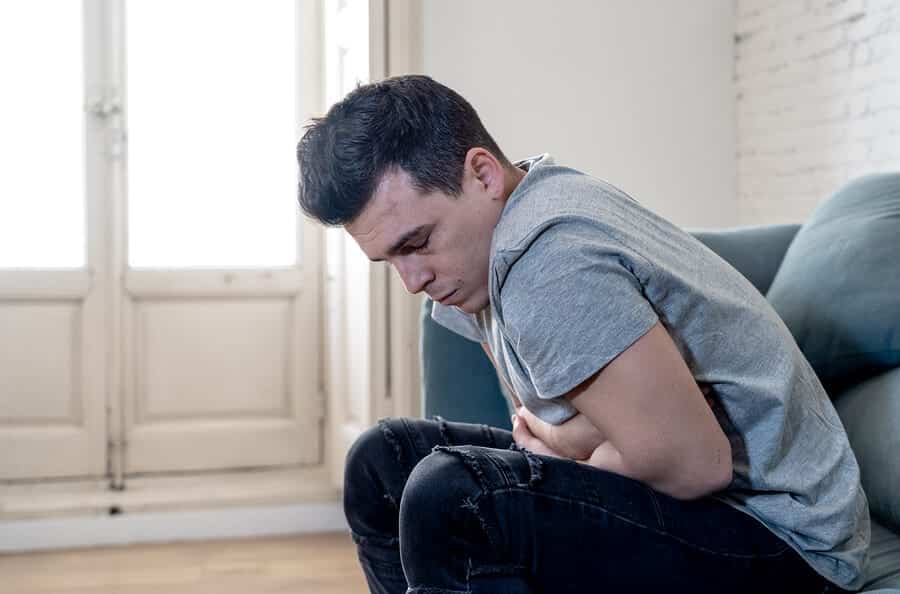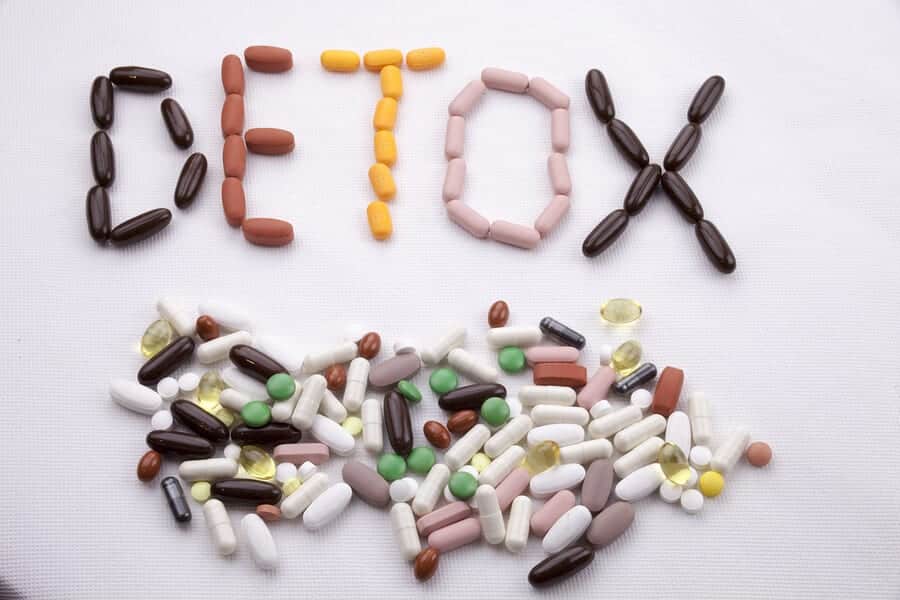
Opioid Withdrawal Timeline, Symptoms, and Treatment – Opioid drugs, including prescription narcotics and illicit substances like heroin, can induce withdrawal symptoms in just a few hours after the last dose, and symptoms can persist for up to a week. Withdrawal is not usually life-threatening, but without medical supervision and pharmaceutical intervention, it is more likely to lead to relapse. Opioid withdrawal symptoms include the following:
- Nausea and vomiting
- Diarrhea
- Muscle cramping
- Runny nose
- Aches and pains
- Depression
- Agitation
- Anxiety
- Drug cravings
Opioid Facts
Each opioid drug has a unique half-life, which is the length of time needed for half the amount of a drug to be cleared from the body. As a result, withdrawal symptoms may onset at different times, depending on the drug used and method in which it was consumed. Heroin is the fastest acting opioid, and therefore, it also has the shortest half-life, usually no longer than 30 minutes. Short-acting prescription opioids, such as immediate-release oxycodone (OxyContin), have half-lives of around 4-6 hours. The U.S. Food and Drug Administration (FDA) states that the half-life of methadone is typically much longer, closer to about 30 hours. Injecting, snorting, and smoking drugs tend to induce a more immediate effect, but these effects may also subside sooner than drugs that are swallowed and digested. The onset of withdrawal is highly dependent on the type of opioid and method of administration.
How Opioids Work and Lead to Dependence
Opioids are in a class of drugs known as painkillers. These drugs alter the way in which the brain responds to painful stimuli and can also induce an intense sense of well-being by interfering with the reward and pleasure centers in the brain. The central nervous system (CNS) includes the brain and cardiovascular and respiratory systems. Throughout this system are receptors that allow the binding of opioid drugs, which induce a variety of physical and emotional effects. Heart rate, blood pressure, respiration, and body temperature are reduced while feelings of pleasure are increased. Repeated use or abuse of an opioid can change the way a person’s brain chemistry functions and result in both physical and psychological dependence. Moreover, the body may not feel “normal” anymore without the drug’s presence, and withdrawal symptoms may onset in between doses or when an individual stops using the opioid. This condition is known as dependence.
Signs of Opioid Withdrawal
The symptoms of opioid withdrawal can range anywhere in intensity from mild to severe, depending on the magnitude and duration of abuse or addiction. Persons withdrawing from an opioid drug can usually anticipate symptoms to onset in accordance with the following timeline, although it can vary somewhat among individuals.

Early Withdrawal Symptoms
These usually onset within 6-12 hours for short-acting opioids, and within 30 hours for longer-acting opioids:
- Teariness (lacrimation)
- Muscle aches and pains
- Agitation
- Trouble sleeping
- Excessive yawning
- Runny nose
- Sweats
- Racing heart
- High blood pressure
- Fever
Late Withdrawal Symptoms
These peak within 72 hours and may last a week or so:
- Nausea and vomiting
- Stomach cramps
- Diarrhea
- Goosebumps
- Depression
- Drug cravings
Some of the psychological symptoms of withdrawal and cravings for opioids may persist longer than a week in some cases.
Detox Options
There are a variety of treatment and detox options for the elimination of opioids from the body, and some may be based on a more comprehensive approach than others. Medical detox, for example, encompasses both pharmacological and psychological treatment while under the careful supervision of both medical and mental health providers in a safe residential setting. In contrast, standard detox may be performed on an outpatient basis. Opioid withdrawal symptoms can be very unpleasant, and medical detox typically provides the safest and most comfortable method of detox. Vital signs including blood pressure, respiration, body temperature, and heart rate are closely monitored in a medical detox facility that can use medications to manage brain and body functions. While there is no set timeline for detox, the entire process usually lasts 5-7 days.

Opioid Detox Medications
Opioids should not be discontinued abruptly without physical and emotional support and supervision, as the side effects of withdrawal may be intense and even result in dangerous complications. Medications, such as anticonvulsants, antidepressants, and other pharmaceuticals, may be beneficial during medical detox to manage certain withdrawal symptoms. Medical providers may help a person wean off opioids by gradually lowering, or tapering, the dosage during detox. This approach can prevent the onset of severe withdrawal symptoms. Drug cravings and withdrawal as may be managed by replacing short-acting opioids like heroin with a longer-acting one, such as methadone. Buprenorphine is a partial opioid agonist that is often administered during opioid detox and dependency treatment, as it stays active in the body for longer than many opioids and requires a lower dosage. Partial agonists also do not usually induce the same “high” as full agonists do, thus making them less likely to be misused. Also, the agonist effects of buprenorphine only grow more intense until it reaches a plateau and no longer continues to increase with higher dosages. This action is called the “ceiling effect,” and it further contributes to buprenorphine’s abuse-deterrent properties. Both naltrexone and naloxone are opioid antagonists that attach to opioid receptor sites throughout the CNS but do not activate them, and instead, block other opioids from binding to them. This action deters people from using a drug like heroin while on an antagonist, as the drug will not induce the desired effects and may, in fact, result in precipitated withdrawal syndrome (LINK TO HRC). Naloxone is a drug that actually prevents and reverses opioid overdoses and is combined with buprenorphine to serve as a relapse-prevention agent in pharmaceuticals like Suboxone. Naltrexone products, such as Revia and Vivitrol, are commonly used to help prevent relapse after detox is completed. The objective of detox is to stabilize a person dependent on opioids both emotionally and physically, and the process may include both pharmacological and psychological therapies to accomplish this.
Medical Detox as Part of a Comprehensive Treatment Plan
Because addiction is a chronic and recurring condition with both physical and mental side effects, treatment needs to be comprehensive and evidence-based. Medical detox can reduce side effects and cravings and prevent serious complications and can provide a great start toward recovery. However, relapse is common for those struggling with addiction. For this reason, detox alone is often not enough to ensure that a person will remain sober long-term and avoid suffering major mental setbacks in the process. Detox should be immediately followed by enrollment in an integrated treatment plan. Harmony Recovery Center offers these programs in both partial-hospitalization and outpatient formats, which facilitate services vital to the recovery process. These services include cognitive behavioral therapy, individual, group, and family counseling, peer group support meetings, health and wellness programs, aftercare planning services, and more. We employ highly-skilled addiction specialists who deliver services to clients with care and expertise. We provide clients with the tools, resources, and support they need to achieve a full recovery, prevent relapse, and sustain long-lasting wellness and sobriety. If you or someone you love is struggling with an addiction to opioids, other drugs, or alcohol, please contact us today. Discover how we help people reclaim their sanity and their lives, free from the chains of addiction!